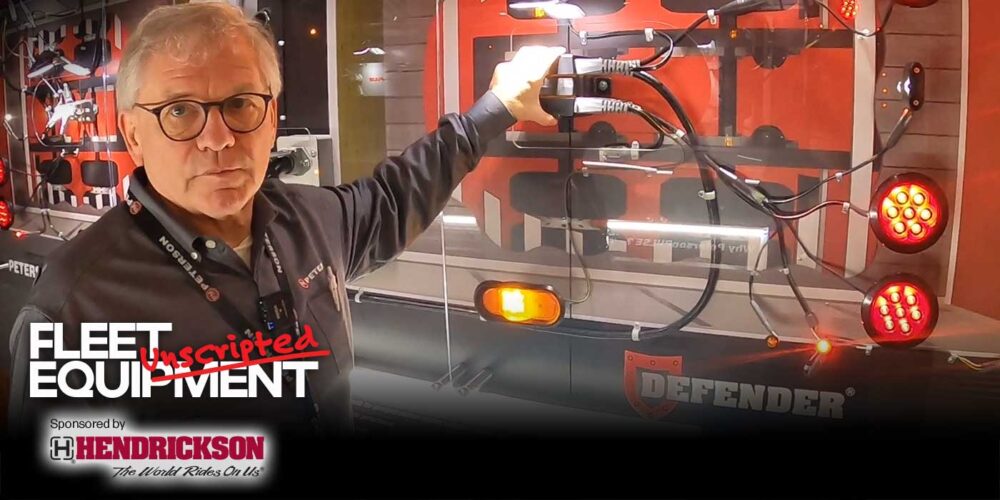In the world of fleet operations, the last mile operations can make or break the success of on-time delivery. It’s the last leg of the race and performance is paramount. And that’s why proper lighting specs are crucial for last-mile success.
If you’re running a fleet with a low-quality lighting system or incorrect lighting specs, don’t be surprised if it seems more expensive to maintain. Along with the higher operational costs and additional maintenance expenses comes an increased risk to the safety of the driver, the vehicle, and of course, the public.
Additionally, it’s crucial to spec quality lighting that properly illuminates anywhere the driver might need to take a step while dropping off a package. This includes steps, ramps, liftgates, and the surrounding pavement and or sidewalks.
Talk to any respected lighting manufacturer and they will recommend LEDs in most parts of the vehicle. LED lights use a fraction of the power needed to run traditional bulbs and last more than 50 times longer than their incandescent counterparts. This takes a strain off of the vehicle’s energy supply allowing it to support other vital truck operations.
Take some time to also consider your truck’s brightness ratio between tail and brake lights. Because last-mile operations typically result in frequent stops, it’s vital that other drivers see that too, especially while operating in urban/congested areas. With a higher ratio between the two, it’s more likely that other drivers will take notice.
Distracted driving still plagues the roads, so spec’ing the right warning strobe light component may additionally provide your trucks with another layer of security from the world around them. Prevent one accident, and the light has already paid for itself tenfold and probably even more.
So now we’ve discussed the importance of lighting specs as it applies to the world of safe fleet operations, but what about how it applies to the ones on the hunt for your precious cargo? Research shows that most theft incidents are embarked upon out of sheer opportunity as opposed to a premeditated attack on the truck.
Carrying around a truckload of valuables can bring about unwanted attention. One strategy that lighting manufacturers use to improve security measures is blending their products with other technologies such as cameras or motion-detected lighting systems.
Cameras are a controversial topic for the industry, but you can’t argue their effectiveness and validity. If you want to learn more about the use of cameras in fleet operations, click here.
While no system can 100% guarantee theft prevention, spec’ing the right equipment can mean the difference between an average delivery and filing a police report. The primary benefit of last-mile lighting specs sheds light on the safety of everyone involved and can be used to expose the surroundings of any environment.
Remember, it’s not the dark alone that you should be scared of. Instead, you should be afraid of the dark with improper lighting for your fleet of vehicles. Now, that’s terrifying.
Fleet Equipment’s On The Road is sponsored by Rockland Flooring. Subscribe to our newsletter to catch every episode as we dive into the best practices and servicing information to keep your trucks On The Road.













